
Web design is one of the key driving forces behind being a successful business and brand in the 21st century.
Now, it’s easy for consumers to distinguish a well-designed website from a poorly designed one – and if yours falls into the latter category, it’s going to cause your business major problems.
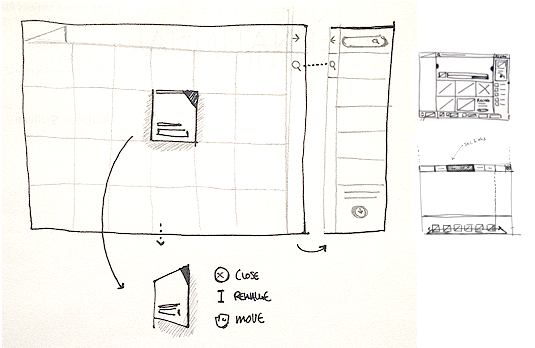
Therefore, your website requires renewed focus and careful attention to detail, as there are so many factors that need to be right.
Once your website’s design is figured out and well executed by in-house workers or a web design company that you outsource the job to, you’ll experience a wide range of benefits; from increased brand recognition to higher sales – just to name a couple. It really cannot be stressed how important web design is.
However, it’s not easy, particularly if you’re a newbie business. So, to help you along your journey, here are some web design tips for 2021.
1. Make your text concise

A popular design trend currently is the use of concise, informative text that doesn’t overwhelm the reader. In the past, web design has gone through stages of text over-saturation, where businesses are too concerned with trying to tell consumers every minor detail that they end up driving them away. Quite simply, consumers don’t want to visit your website and have to read lots of block text.
But now, minimalism and conciseness are embraced in the world of web design. You need to keep it short and to the point, ensuring you provide incentives for the reader.

A great example of this is casinous.com. Online casinos are incredibly popular these days, so they’ve created an easy-to-follow, short, and concise guide that details all the best online casinos in the USA.
2. High resolution images and videos
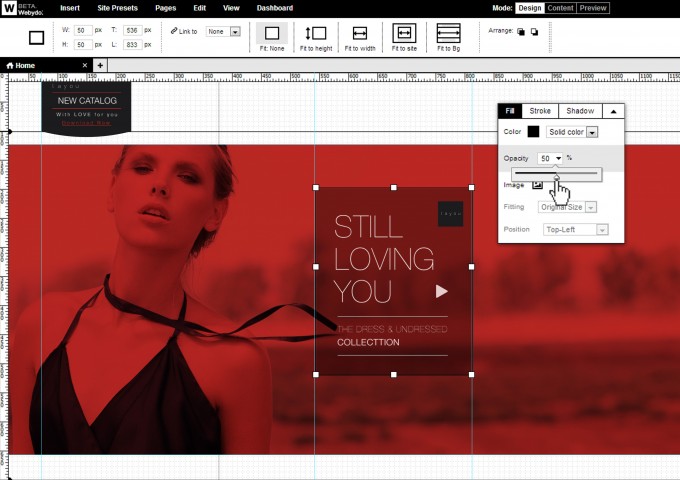
To keep audiences engaged and interested in your website, high resolution images and videos – from product demos to behind-the-scenes footage – are must-haves.
Poor-quality images and videos will drive audiences away and make your website look bad.

A good idea is to hire a professional photographer to take photos of your staff, premises, and other key areas that can then be incorporated into your website’s design.
3. Light and dark mode
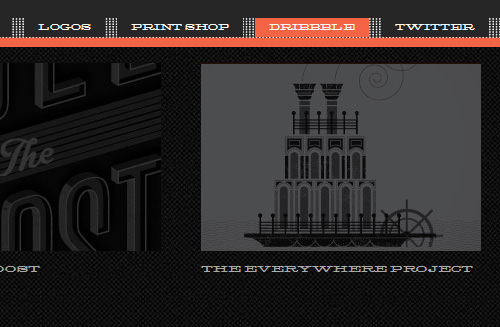
As you’ll know because of your smartphone, light and dark modes are very popular, these days.
Many web browsers and social media pages offer you the choice of whether you want to browse in light or dark mode – and now individual websites are offering this choice, too.
This is smart, as being able to choose between the two is a big deal to a lot of people. Some will even refuse to browse a website if it doesn’t have the option for dark mode – so, this should absolutely be a focus in your web design process.
4. Embed social media pages

If your business isn’t on social media, you need to make some changes – and fast.
Social media is a fundamental part of the new age of marketing. Without it, you’re not going to get very far.
It’s best to cover as many social media platforms as possible, from Facebook to LinkedIn. It will help your brand exposure and will drive new customers to your business.

Now, once you have your social media pages up and running, they need to be embedded into your website design; this way, your feeds are there for visitors to see. For example, many businesses – from big names to small brands – now have their Twitter and Instagram feeds visible on the homepage. It functions as extra content for website visitors to read, and is also an excellent way to send more visitors to your social media pages where you can then grow your followers.
5. Achieve a clean aesthetic

The aesthetic is everything in design. So, naturally, your website’s aesthetic needs to align with your business’ personality and values. For example, if you’re a friendly, outgoing, and fruitful brand that’s heavily focused on the customer experience, you should look to achieve this in aesthetic form – which might be a highly colorful website palette, like bright pink or red.
Achieving a clean aesthetic through your website’s design will keep customers enticed and will continuously drive them back to your website. A poor aesthetic will do nothing but achieve poor website traffic and will ultimately stall your success.
6. Choose a good domain name

A good domain name is at the core of every website. It needs to be memorable and concise, so that it fits in nicely with the aesthetic of your website while also making your website more easily findable and marketable.
7. 3D animations
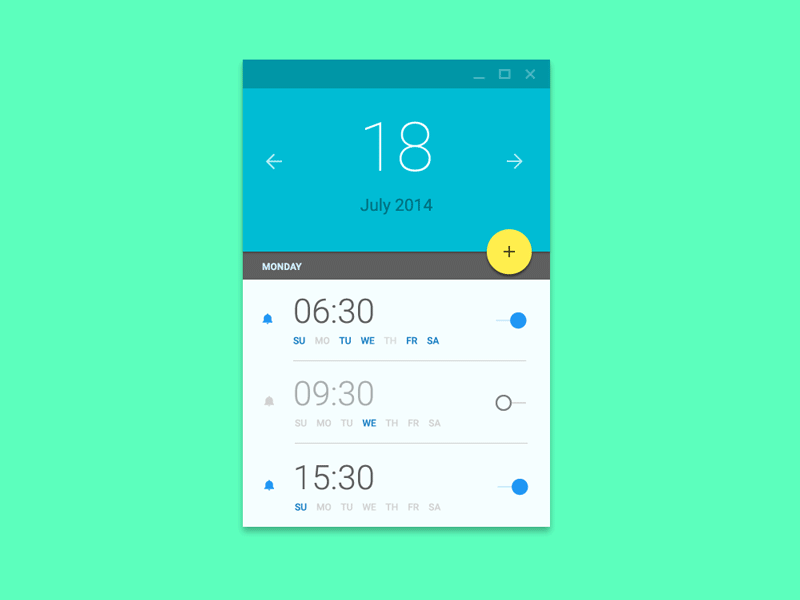
3D animations are an incredible way to modernize your website and add some creativity to it. 3D animations can be included for pure design purposes, or they work as key functioning tools by directing users where they need to go. A combination of both should be the aim – design and practicality.
8. Easy navigation

Have you ever visited a website that is almost impossible to navigate due to poor design? You’re not alone.
Unfortunately, navigation is often neglected by many business websites, which instead focus on other areas like product promotion. However, no website can truly thrive without good navigational design – from subsection placement to loading times.
So, in the web design process this is something that should be significantly focused on. You want your audience to feel relaxed by how simple navigating your website is – not confused and frustrated.
9. Mobile friendliness
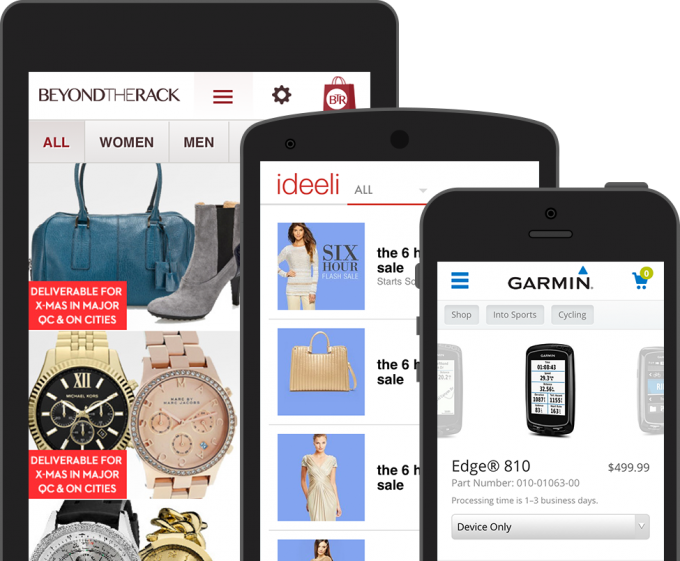
More people than ever are using their smartphones to browse business websites and e-commerce platforms rather than using their computers and laptops. Mobile shopping has taken over, and it’s only going to continue its growth in popularity.
Therefore, your website must have a mobile-friendly design. If it doesn’t, you’re in trouble.
Mobile friendliness will appease your smartphone audience; giving them the option to browse your website from anywhere with their phones.

If they attempt to open your website and it’s not optimized for mobile, they won’t stick around – and will simply close your website down.
Ensuring mobile friendliness will not only keep consumers satisfied, it will also massively drive your sales.




